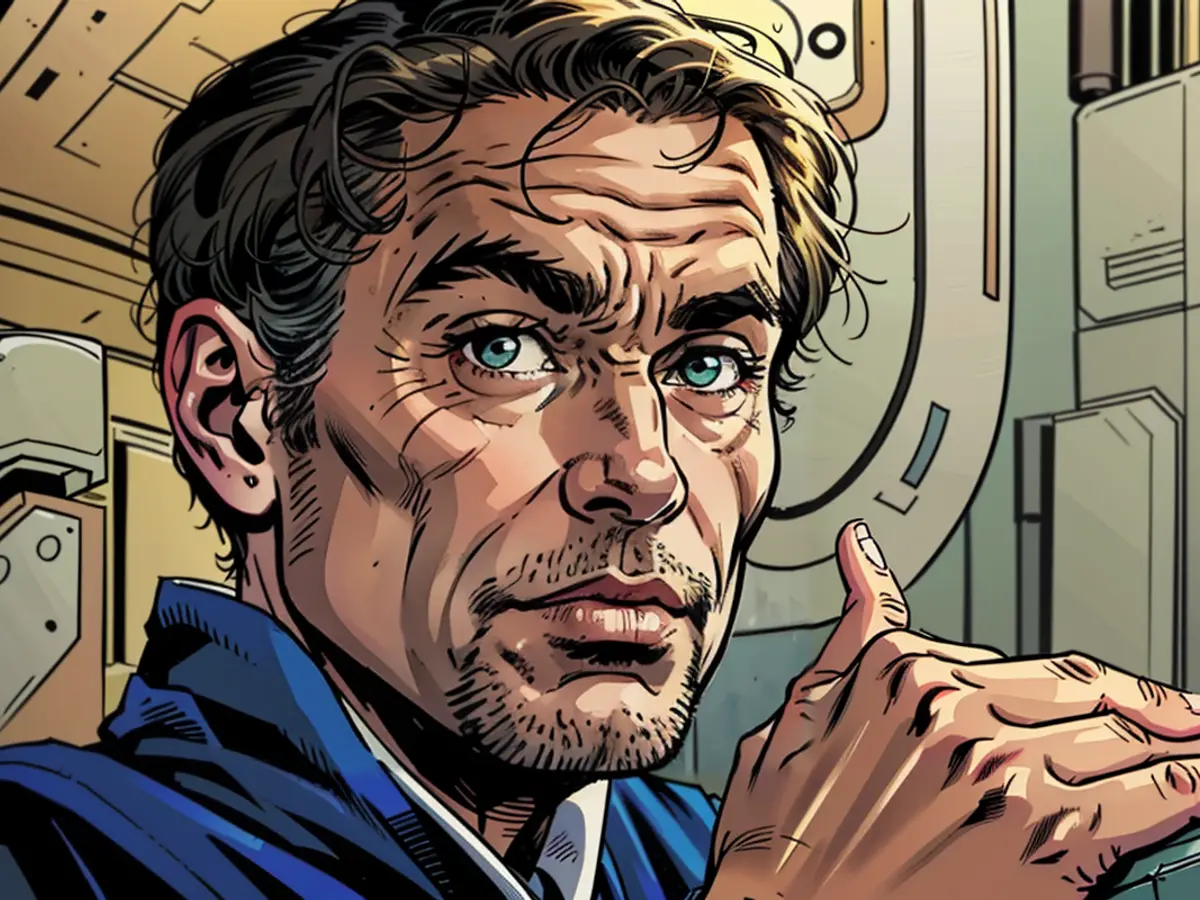- The International Atomic Energy Agency's leader issues a warning concerning potential threats to the Kursk nuclear power plant in Russia.
The International Atomic Energy Agency (IAEA) chief, Rafael Grossi, expressed concern over potential danger to the nuclear power plant (NPP) in Kursk during a visit. The active NPP, as confirmed by Grossi, is currently operating within the city. He pointed out that any conflicts could escalate dangerously. The ongoing conflict in the area has sparked serious concerns.
Grossi noted that direct combat at the NPP could potentially lead to a nuclear incident. The reactors lack a protective casing, making them susceptible to harm from drone attacks or artillery fire. Nevertheless, the plant's operations are running relatively smoothly, Grossi mentioned. He examined key facilities, including the reactor and turbine halls, the control unit, and the spent fuel storage.
Rosatom reported that Grossi also examined traces of suspected Ukrainian attacks on the site. The IAEA head reiterated the importance of preserving nuclear safety guidelines, emphasizing that NPPs should not be used as military targets.
Plans for future discussions with Ukrainian President Zelensky in Kyiv are on the horizon for Grossi.
Post-commencement of the Ukrainian offensive on August 6 in the Kursk region, Russia reported debris from a downed rocket landing on the NPP territory. Putin later accused Ukraine of attempting to attack the NPP on August 22.
Grossi shared that Putin had extended an invitation for him to inspect the NPP. Maintaining open lines of communication and continuous cooperation were highlighted as key takeaways by Grossi. He advised that he would also speak with Ukrainian President Volodymyr Zelensky.
The discussion revolves around the Zaporizhzhia NPP, which is now under Russian control, along with other nuclear facilities within the country. Kyiv has requested an expanded IAEA presence in Ukraine, with IAEA experts already deployed at the Zaporizhzhia NPP.
Grossi has visited the Russian-occupied Ukrainian Zaporizhzhia NPP on multiple occasions and stationed an IAEA team there. The continuous presence of international experts aids in monitoring the situation while also attempting to prevent any combat that may lead to a nuclear accident.
As per Russian civil defense reports, radiation levels in Kursk remain normal. Round-the-clock monitoring of the ecological situation is ongoing.
The NPP in Kursk is approximately 30 kilometers away from the Ukrainian advance's farthest point. The Ukrainian advance persists, according to reports from Ukraine. However, it is uncertain whether the NPP serves as a target for the Ukrainian advance.
Likhachev, the CEO of Rosatom, announced that he would meet with Grossi in Kaliningrad on the Baltic Sea the following week to discuss the findings of the visit to Kursk. During Grossi's stay, alerts for possible rocket strikes resulted in air raid warnings, as mentioned in Russian media.
Grossi expressed his concerns about the potential danger to the NPP in Kursk if the ongoing conflict escalates further. Any direct combat at the NPP could potentially lead to a catastrophic nuclear incident due to the reactors lacking a protective casing.








